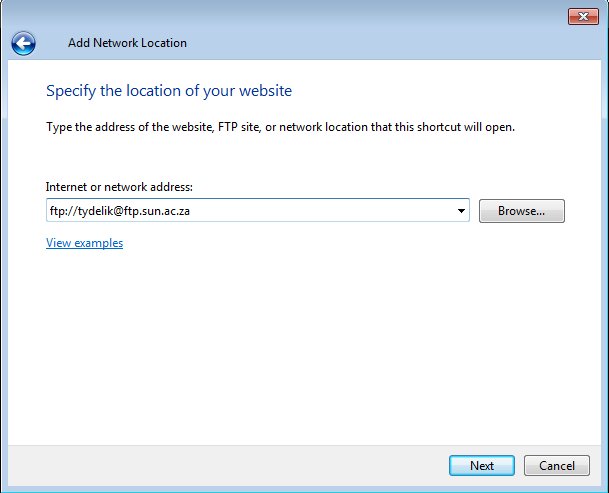Our service desk has been inundated with calls regarding high internet accounts over the past two weeks.
In one incident unusually¬†high traffic on a user’s account was detected. When investigated it came to light that someone else saw him type his¬†password and used it to download illegal series from the internet.
Information Technology can’t safeguard users in against incidents like¬†these.¬†Unfortunately it remains your sole responsibility to keep your password¬†safe,
Sharing of usernames and passwords are still commonplace on campus, as is writing passwords down on post-its and leaving them on desks.
It’s just as important to keep your network password safe as it is to keep your bank card’s PIN number safe and surely you won’t share your PIN with someone?
With your password someone can not only access your internet, but also your e-mails containing bank and other private information, as well as human resources information – including your salary information! The risk remains the same.
Make sure you use a strong password. Microsoft has some clear guidelines on this.
Always close Inetkey when leaving your PC or lock your PC (ctrl+alt+del). If it’s open, anyone can use it and there’s no way for IT to establish¬†who really used the account if you logged in.
Regularly check your internet usage and¬†make sure you don’t get any nasty surprises. Your internet balance is displayed on the Inetkey prompt box and can also be checked at¬†www.sun.ac.za/useradm.
Keep in mind that the university internet speed and your ADSL line at home aren’t the same speed. You might assume because you’re spending the same amount of time online, it will cost you the same, but¬†downloading is much faster on the university network.
If you notice a sudden increase in your internet usage, lodge a query at IT at the cost of R200-00. More information on internet usage on the SU network can be found in our service catalogue.



 Keep in mind that this space is not for storing or backing up data. It’s merely a temporary spot to put files in order for someone else to easily access them. The person on the other side who needs to access the files will use the same information.
Keep in mind that this space is not for storing or backing up data. It’s merely a temporary spot to put files in order for someone else to easily access them. The person on the other side who needs to access the files will use the same information.